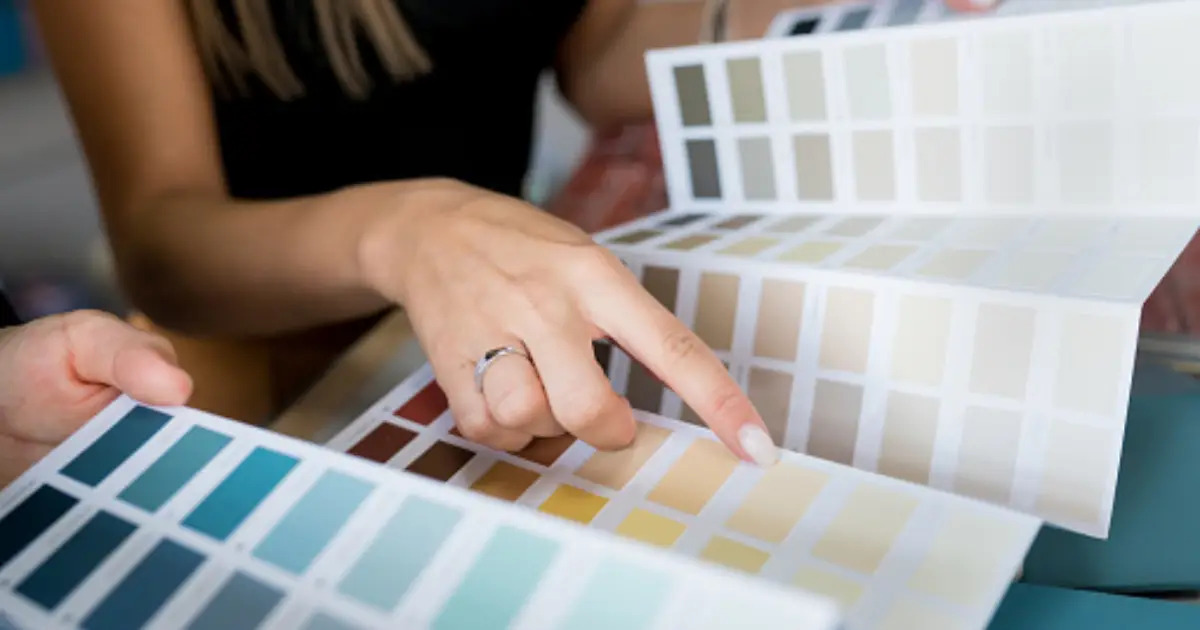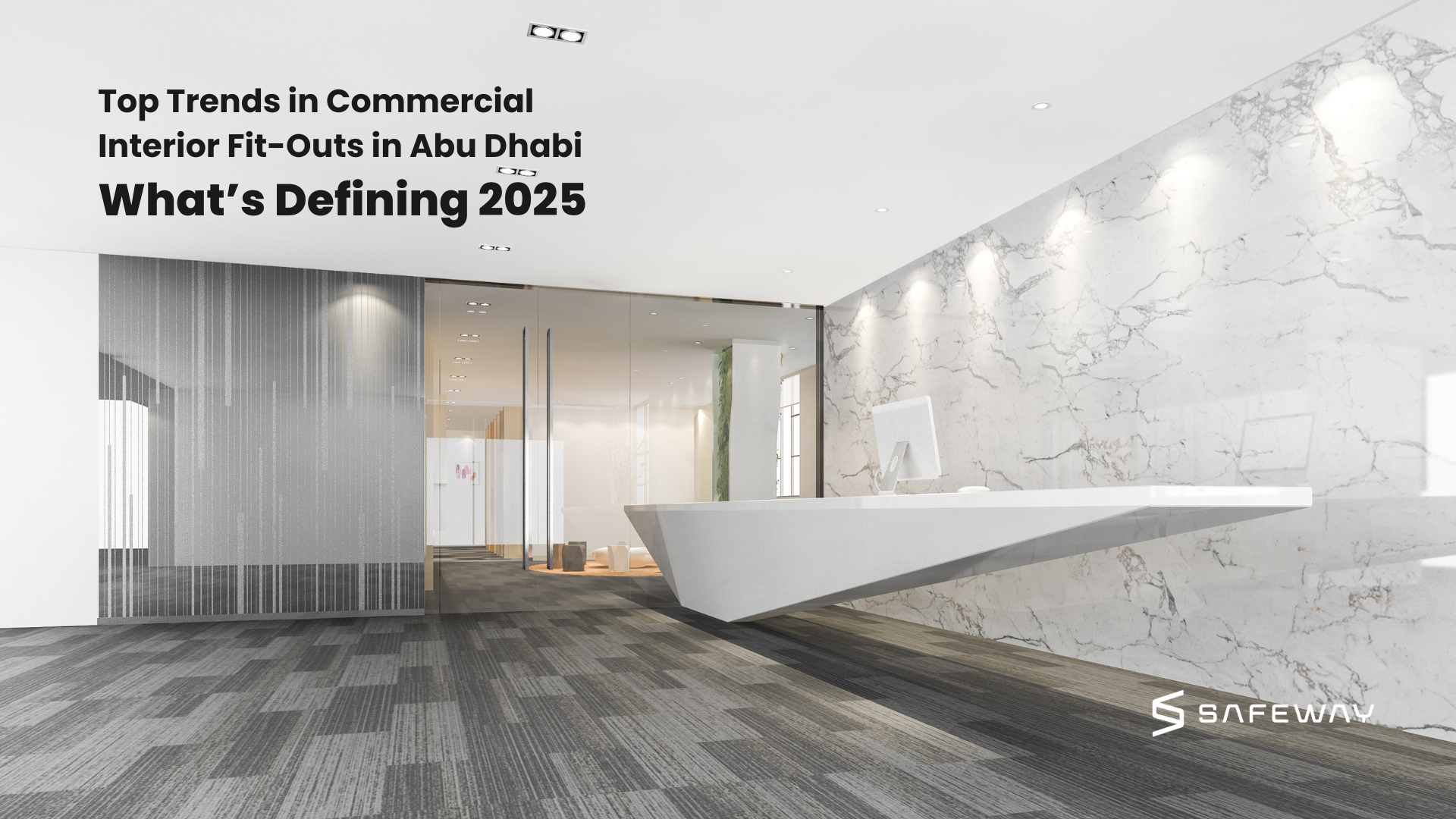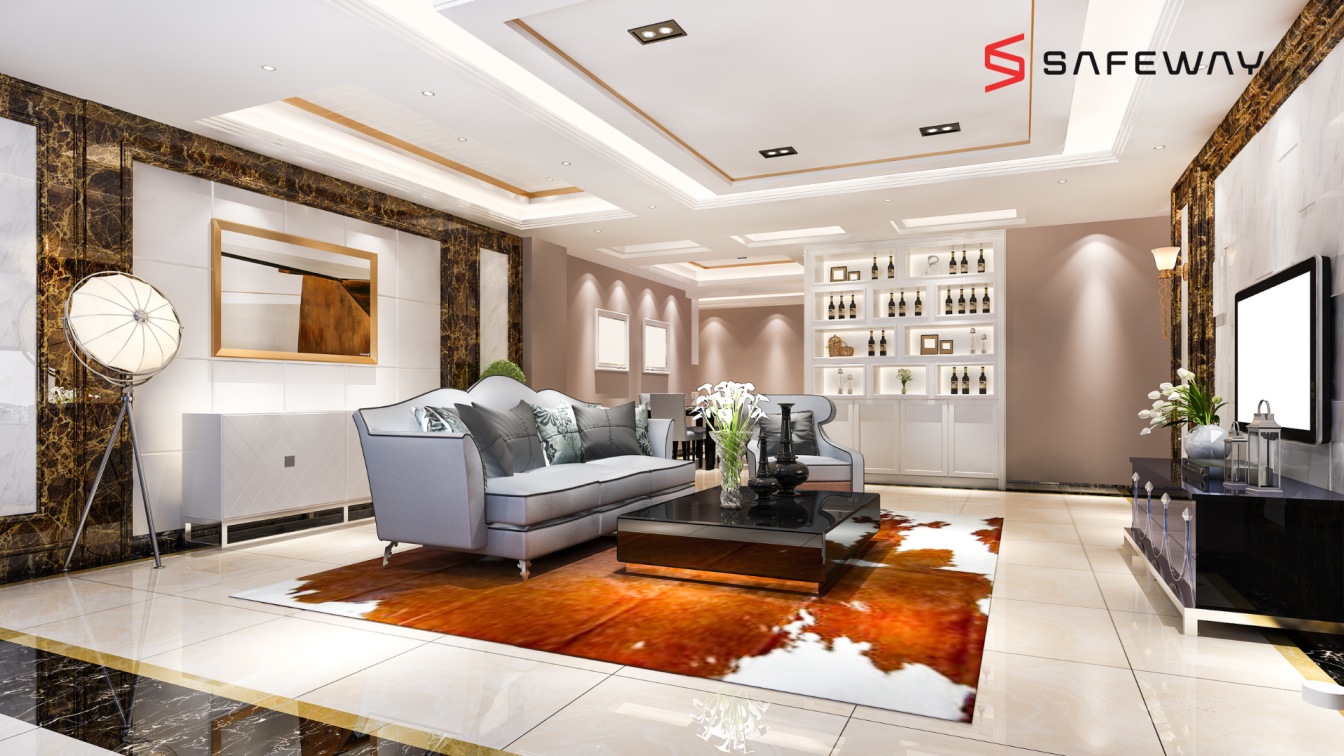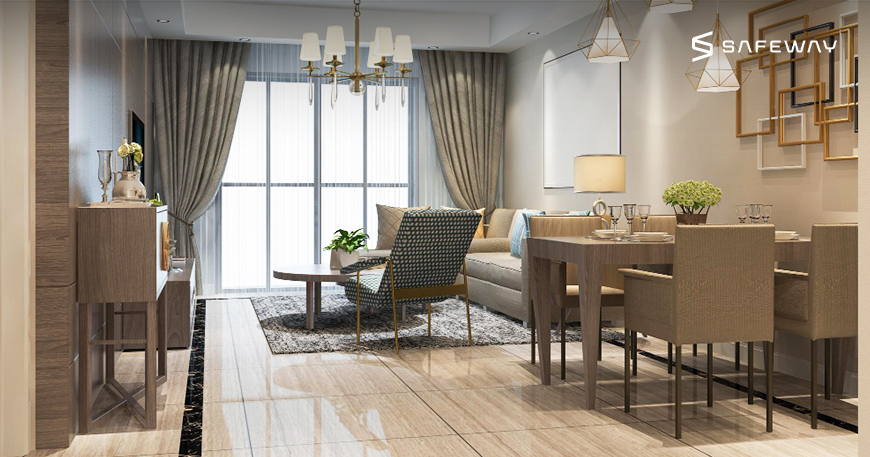

The color palette is an important choice when it comes to the process of decorating your home. An elegant color scheme would help to make your house comfortable, warm, and elegant. However, with all these colors available, it may appear to be daunting.
What are the best colors to combine? What is your strategy in selecting a color palette that shows your personality and style? We will talk about seven tips on how to select the right color palette that should be used in the interior of your house in this blog but in most cases what is well-advised by a top interior fit out company Abu Dhabi.
Consider the Mood You Want to Create:
The first step in choosing a color palette is to consider the mood you want to create in your home. Do you want your home to feel calm and relaxing? Or do you want it to be lively and energetic? The mood you want to create will guide your color choices.
For a relaxing mood, consider using soft, muted colors such as blues, greens, and grays. For a more energetic mood, consider using bold, bright colors such as reds, yellows, and oranges.
Use the 60-30-10 Rule:
A popular rule of thumb in interior design is the 60-30-10 rule. This rule suggests using 60% of one color, 30% of another, and 10% of an accent color. For example, you could use 60% blue, 30% white, and 10% yellow. This rule helps to create a balanced and cohesive color scheme.
Look to Nature for Inspiration:
Nature provides an endless source of inspiration for color palettes. Look to your surroundings for ideas on color combinations. For example, a beach-inspired color palette could include shades of blue, sandy beige, and white. A forest-inspired color palette could include shades of green, brown, and gray.
Colors Also Play A Major Role In The Remodeling
Always pick out the right colors for the walls. Avoid splashing bright colors in the room. This may make the baby feel restless thereby increasing the uneasiness. It is better if you choose light shades that will help keep the room refreshed. You cannot keep the toddler relaxed in a dark atmosphere. Tints of grey, white and yellow will suit the room better. Select the best from the list of colors and notify your designers so that they can share their feedback on the same.
Consider the Lighting in Your Home:
The lighting in your home can have a significant impact on the way colors appear. Natural light can bring out the true colors of your walls and decor, while artificial light can make colors appear different. Consider the lighting in each room of your home when choosing a color palette.
Use Color Psychology:
Color psychology is the study of how color affects mood and behavior. Different colors can evoke different emotions, so it’s important to consider the psychology of color when choosing a color palette. For example, blue is known to promote calm and relaxation, while yellow is known to promote happiness and energy.
Choose a Color Scheme Based on Your Existing Furniture:
If you have existing furniture and decor that you love, consider using those pieces as inspiration for your color scheme. Pull colors from your favorite artwork, area rug, or throw pillows to create a cohesive look.
Use a Color Wheel:
A color wheel is a useful tool for choosing complementary colors. Complementary colors are colors that are opposite each other on the color wheel. When used together, complementary colors create a vibrant and visually appealing color scheme. For example, blue and orange are complementary colors.
Conclusion
Choosing the right color palette for your home is more than just selecting shades you like—it’s about creating harmony, balance, and a space that truly reflects your personality and lifestyle. By considering mood, lighting, existing furniture, and proven design principles, you can achieve interiors that are both stylish and comfortable. For homeowners looking to achieve the perfect blend of aesthetics and functionality, working with a trusted interior fit out company Abu Dhabi can make the process seamless, ensuring professional guidance and flawless execution of your design vision.










